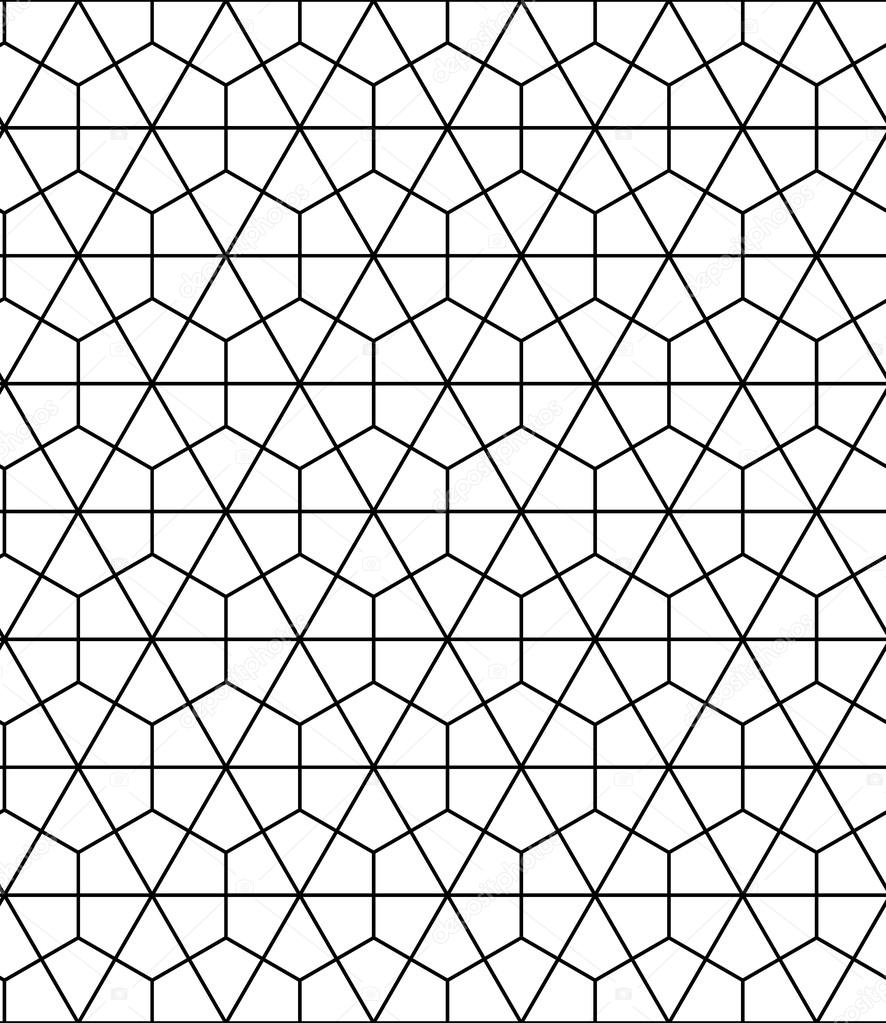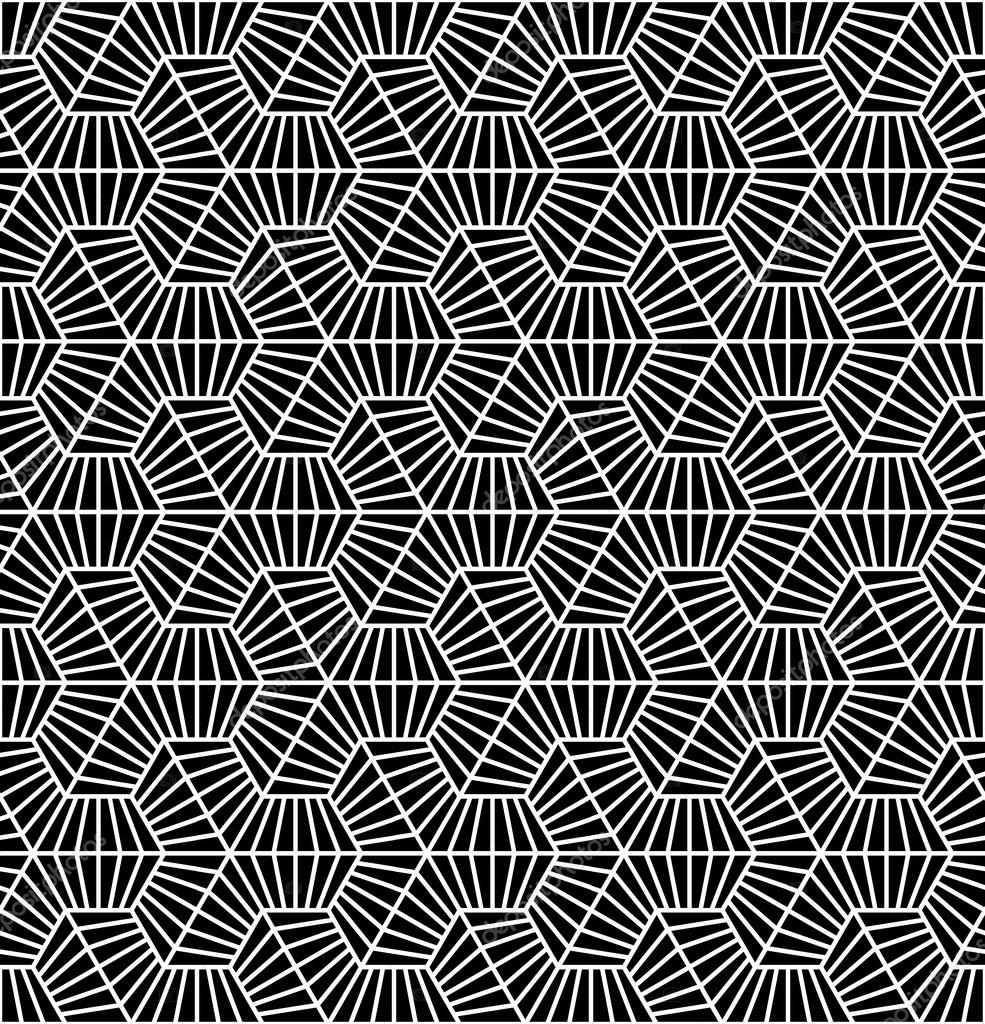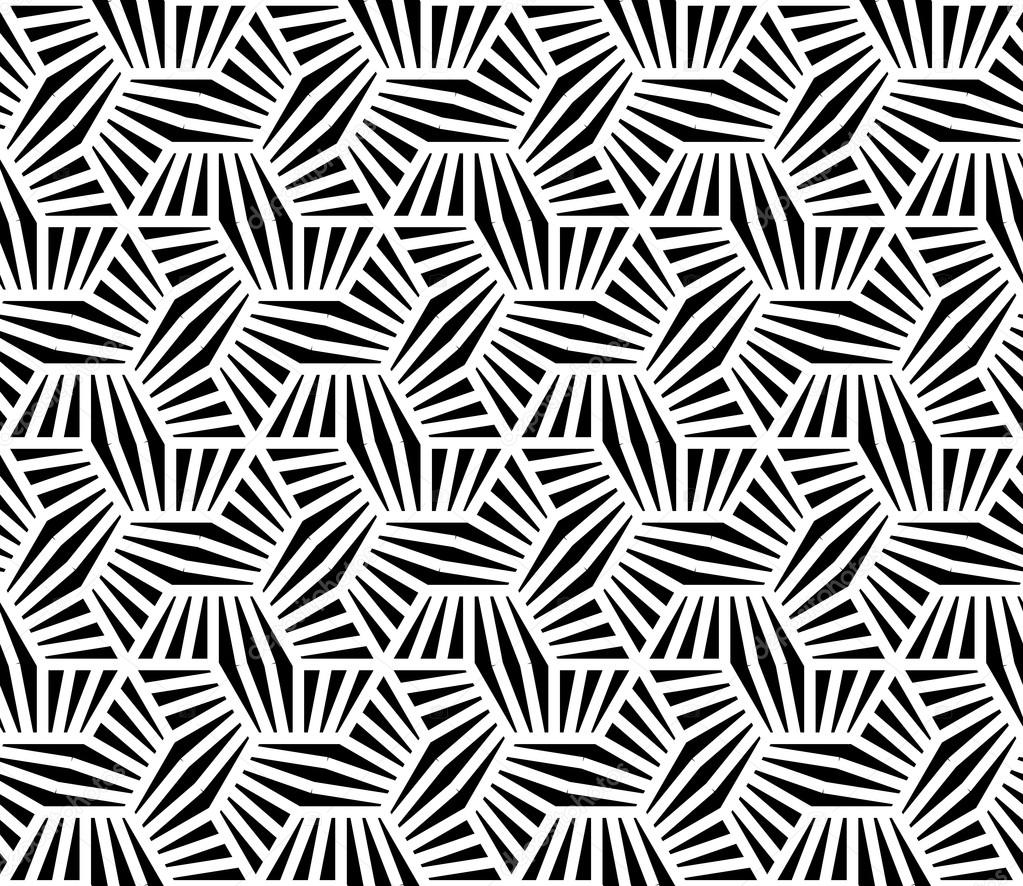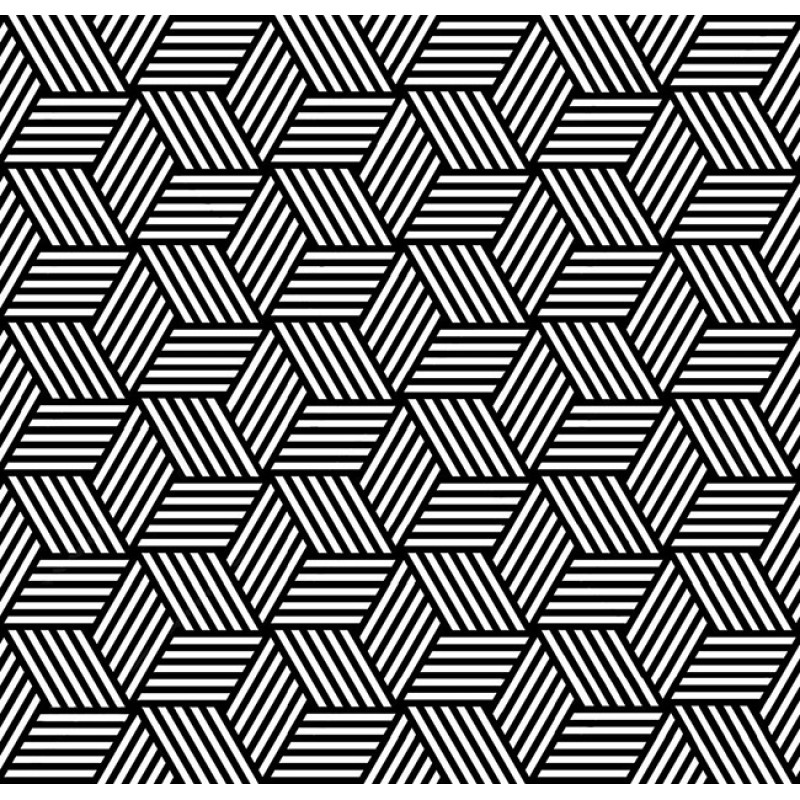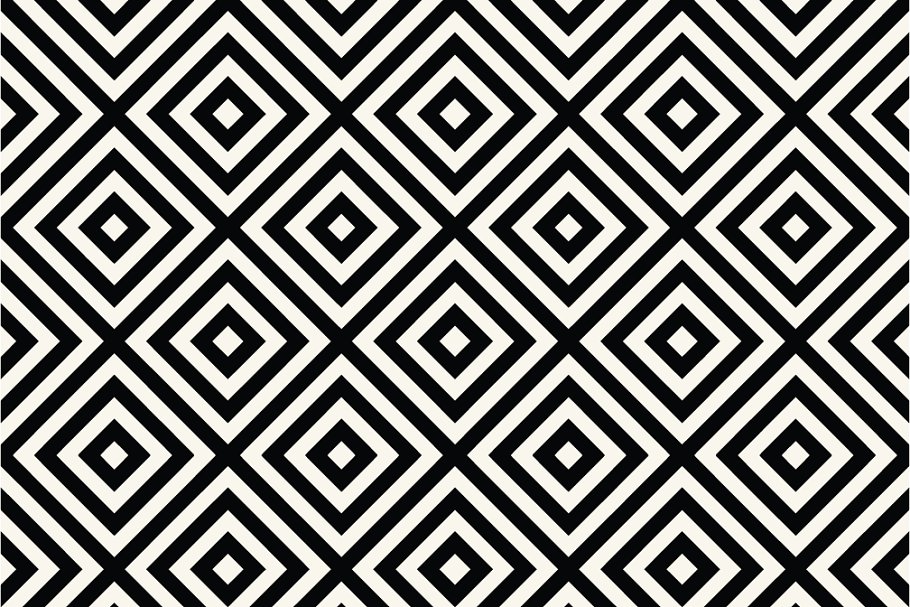I have two rails applications that communicate together. In the first application i have the following method in my controller: [ruby] def delivery_status envelope = Envelope.find(params[: id]) render : json => envelope.to_json end [/ruby] which, if go to the url in my browser, nicely shows my the JSON. Seems ok. However, if i call this through jQuery, from my second application, using the following: [javascript] $(document).ready(function(){ $('.get_sms_details').live('click', function(event) { var el = $(this), data_url = el.attr('data-url'); $.ajax({ url: data_url, dataType: 'text', success: function(data, status, req) { alert('received with status' + status) alert('received json ' + data); } }); }); }); [/javascript] then the right url is hit with the correct parameters but data is always empty. I first tried using $.getJSON, then $.get to end at $.ajax. I am not sure but it seemed i was doing something wrong at server-side. The request looked fine inside firebug, but the response was always empty. Yet, i did not understand, if let the browser hit the same url, i got my json object. So how do you solve this? Well, i was reading the documentation of $.ajax, and there i found:
When data is retrieved from remote servers (which is only possible using the script or jsonp data types), the operation is performed using a script tag rather than an XMLHttpRequest object.
So, jsonp was the way, but how? First, i changed my jQuery code: [sourcecode language="javascript"] $(document).ready(function(){ $('.get_sms_details').live('click', function(event) { var el = $(this), data_url = el.attr('data-url'); data_url = data_url $.ajax({ url: data_url, dataType: 'jsonp', success: function(data) { envelope = data.envelope; alert('received envelope ' + data.envelope.id); } }); }); }); [/sourcecode] but then my server-side needed to be able to handle the jsonp. I handled that using the following code: [ruby] def delivery_status envelope = Envelope.find(params[:id]) render_json envelope.to_json(:include => [: deliveries, : log_lines]) end private # render json, but also allow JSONP and handle that correctly def render_json(json, options={}) callback, variable = params[:callback], params[:variable] logger.debug("render json or jsonp? Callback = #{callback}, Variable=#{variable}") response = begin if callback && variable "var #{variable} = #{json};\n#{callback}(#{variable});" elsif variable "var #{variable} = #{json}" elsif callback "#{callback}(#{json});" else json end end render({:content_type => :js, :text => response}.merge(options)) end [/ruby] Where the render_json does all the dirty work for me :) I was somewhat expecting this to be standard inside rails3, and as Kevin Chiu pointed out in the comments, it is and much simpler at that: [ruby] def delivery_status envelope = Envelope.find(params[:id]) render :json => envelope.to_json(:include => [: deliveries, : log_lines]), :callback => params[:callback] end [/ruby] Awesome :)I have two rails applications that communicate together. In the first application i have the following method in my controller: [ruby] def delivery_status envelope = Envelope.find(params[: id]) render : json => envelope.to_json end [/ruby] which, if go to the url in my browser, nicely shows my the JSON. Seems ok. However, if i call this through jQuery, from my second application, using the following: [javascript] $(document).ready(function(){ $('.get_sms_details').live('click', function(event) { var el = $(this), data_url = el.attr('data-url'); $.ajax({ url: data_url, dataType: 'text', success: function(data, status, req) { alert('received with status' + status) alert('received json ' + data); } }); }); }); [/javascript] then the right url is hit with the correct parameters but data is always empty. I first tried using $.getJSON, then $.get to end at $.ajax. I am not sure but it seemed i was doing something wrong at server-side. The request looked fine inside firebug, but the response was always empty. Yet, i did not understand, if let the browser hit the same url, i got my json object. So how do you solve this? Well, i was reading the documentation of $.ajax, and there i found:
When data is retrieved from remote servers (which is only possible using the script or jsonp data types), the operation is performed using a script tag rather than an XMLHttpRequest object.
So, jsonp was the way, but how? First, i changed my jQuery code: [sourcecode language="javascript"] $(document).ready(function(){ $('.get_sms_details').live('click', function(event) { var el = $(this), data_url = el.attr('data-url'); data_url = data_url $.ajax({ url: data_url, dataType: 'jsonp', success: function(data) { envelope = data.envelope; alert('received envelope ' + data.envelope.id); } }); }); }); [/sourcecode] but then my server-side needed to be able to handle the jsonp. I handled that using the following code: [ruby] def delivery_status envelope = Envelope.find(params[:id]) render_json envelope.to_json(:include => [: deliveries, : log_lines]) end private # render json, but also allow JSONP and handle that correctly def render_json(json, options={}) callback, variable = params[:callback], params[:variable] logger.debug("render json or jsonp? Callback = #{callback}, Variable=#{variable}") response = begin if callback && variable "var #{variable} = #{json};\n#{callback}(#{variable});" elsif variable "var #{variable} = #{json};" elsif callback "#{callback}(#{json});" else json end end render({:content_type => :js, :text => response}.merge(options)) end [/ruby] Where the render_json does all the dirty work for me :) I was somewhat expecting this to be standard inside rails3, but apparently it isn't. Are there any better ways to handle this?
